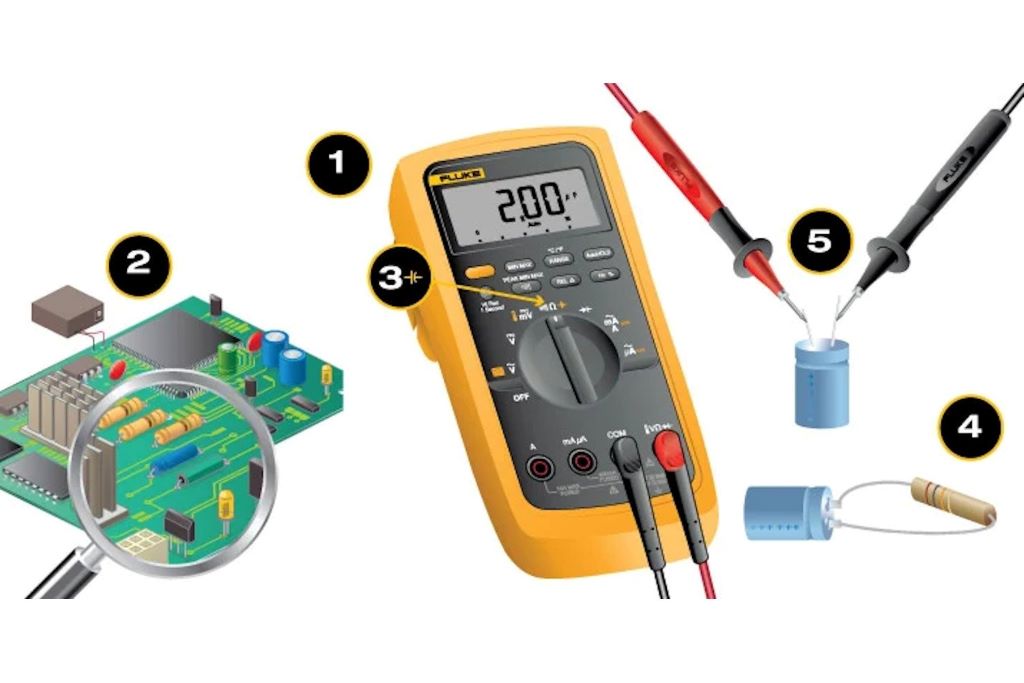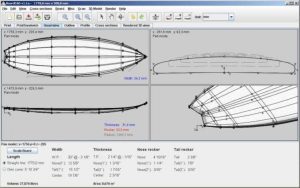Nine concepts that will help you better understand the specifications and sound performance of your devices
The technical terminology used by technology manufacturers to describe the performance and characteristics of their products is often frustrating. Most of these parameters are unintelligible for many users, who are forced to decide between one product or another complying with the most affordable descriptions and without the technical details.
The world of sound and home theater components is especially cryptic because it uses parameters commonly used in the professional sector, such as signal-to-noise ratio, frequency response or impedance, among many others. The problem is that, although they tend to sound to fans of this world, many of them do not know its meaning clearly, which can make it difficult to compare the performance of several products.
 The specifications are not everything, but they help
The specifications are not everything, but they help
Investing in technology is usually not easy. The range of products that we have at our disposal is very broad, but fortunately, nowadays we do not have to be satisfied with what the manufacturers say. Internet puts at our disposal the opinion of the experts of specialized publications, and also numerous forums in which we can exchange impressions with other users.
Even so, if we are able to unravel the meaning of the technical parameters that manufacturers usually offer, much better. Our criteria will be more refined, and the possibility that we will succeed in our choice will be greater. In a single post we can not address the explanation of all the parameters with which we can stumble when we go to buy technology, so this time we will stick to the most used in the world of audio with the hope that you find it useful. Let’s go there …
Continue Reading: Batteries or loudspeakers? Both things on an electric bike with a lot of design
1) Frequency response: It indicates the range of frequencies with which a certain audio component is able to work. Strictly speaking, when applied to an acoustic box it expresses the relationship between the frequency of a loudspeaker and the sound pressure. This parameter varies depending on the diaphragm diameter of the speaker, its suspension and also the material used in the construction of the cone.
2) Total harmonic distortion (THD): This parameter quantifies the differences between the signal introduced in a sound component and the signal that we obtain in its output. This form of distortion is unavoidable in greater or lesser amounts, but, fortunately, it does not always have a negative effect on the quality of the sound, although, of course, it is preferable to keep it under control. The interesting thing is that the modifications introduced in the input signal (harmonics) are usually difficult to detect.
3) Distortion by inter-modulation: This form of distortion, like the total harmonic, “injects” modifications to the input signal that is supplied to an audio component. However, in this case it does not originate in the introduction of harmonics, but in the disturbances caused by the electronic elements of the device when two or more signals of different frequencies are added in a non-linear circuit. Its effects are unpleasant and reduce the quality of the sound, so it is preferable that it be as low as possible.
4) Impedance: In the field of loudspeakers and headphones, it tells us how they behave with the passage of electrical current, and depends on the way they have been built and the materials that have been used. The value of the impedance that manufacturers usually offer us is usually measured at a frequency of 1 kHz. The impedance varies with the frequency, and it is very important to respect the impedance of the amplifier and the speakers, checking previously that the first one is able to work with the variations of the impedance imposed by the acoustic box.
5) Signal / noise ratio: It tells us what “distance” exists between the signal that contains the musical information and the parasitic noise generated by the electronic components of the audio devices. It is expressed in decibels (dB), and the higher it is, the better sound quality we will obtain.
6) Sensitivity: Applied to an acoustic box, it indicates the level of sound pressure that we can obtain a meter away from its horizontal axis when we supply it with a power of one watt. A very sensitive acoustic box will need less power than a less sensitive one to obtain a certain sound pressure level. The sensitivity is measured in decibels (dB).
7) Dispersion angle: It reveals the area of the space surrounding an acoustic box within which the useful transmission of the sound signal from the speaker occurs. This parameter clearly conditions the position that the speakers should adopt within the room in which we are going to use them.
8) Power delivered: We can define it as the amount of energy that an amplifier is able to supply to drive the transducers of a speaker. The number of channels of the amplifier tells us how many speakers we can “attack”. A monophonic stage works with a single acoustic box, a stereo with two and a multichannel usually works with three, five, seven and up to nine speakers in domestic applications. Power is measured in watts.
9) Power admitted: It tells us the amount of energy coming from the amplifier that a sound box is capable of supporting in a continuous regime (the maximum or “peak” value is greater). If we exceed the maximum value indicated by the manufacturer of the speaker, we could damage some of the speakers, although it is preferable to use an amplifier with a loose power and low distortion that one with a power adjusted but working in overload mode.










Post Comment